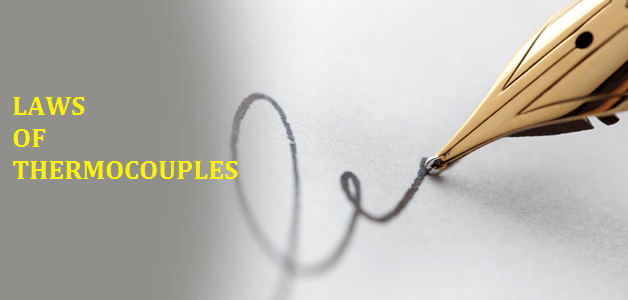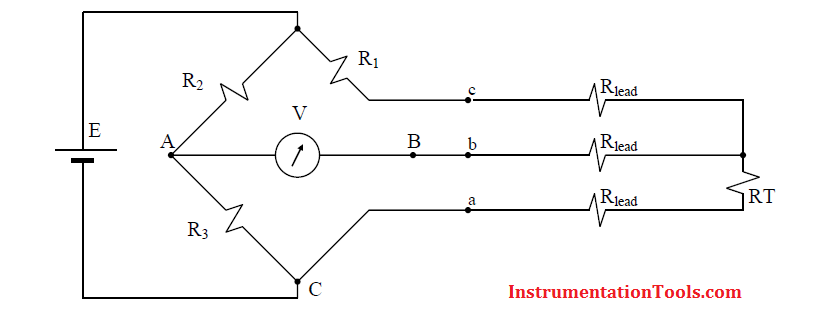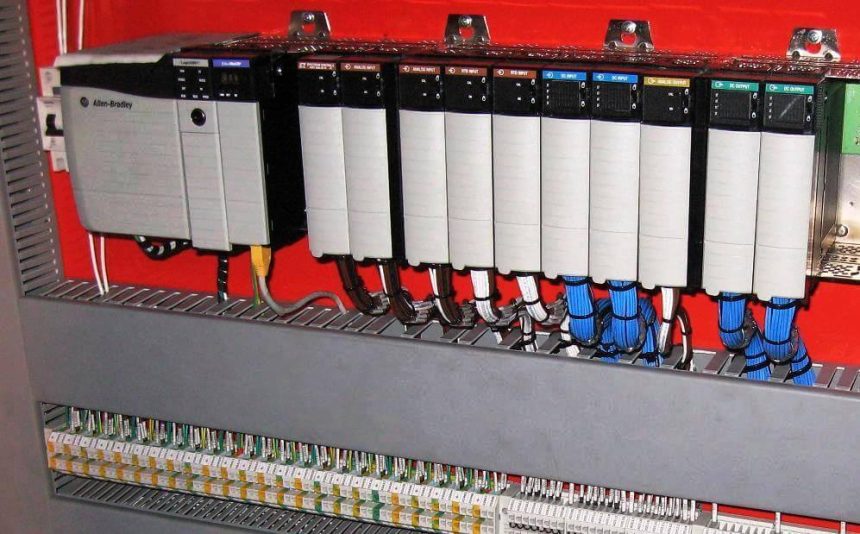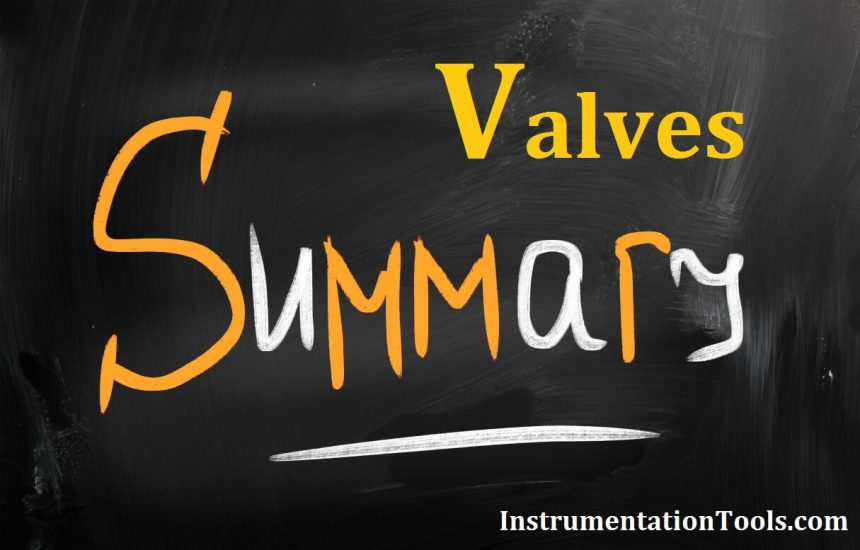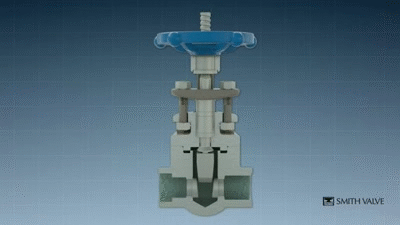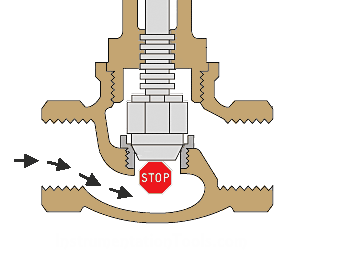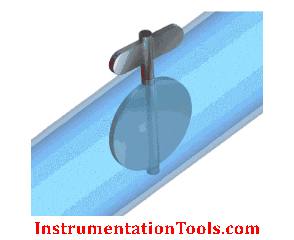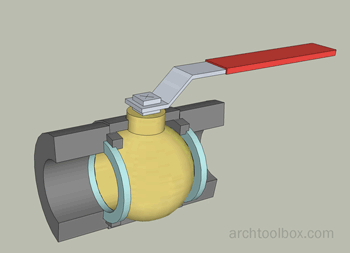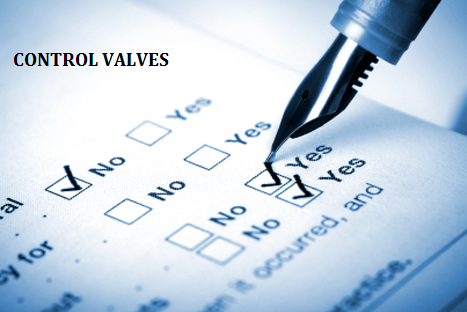Laws of Thermocouples
The following empirically derived thermocouple laws, are useful to understand, diagnose and utilise thermocouples. a) Law of homogeneous circuits If two thermocouple junctions are at T1 and T2, then the thermal…
Ambient Temperature Effects on RTD
Ambient Temperature Effects on 3 Wire RTD If it is necessary to perform the temperature measurement, some distance away from where the RTD is installed, ambient temperature can have a detrimental effect on…
PLC Programming Videos
Join us on our YouTube channel, dive into the engaging world of PLC Programming, and become an PLC expert with our videos.
Electronic Meters Questions & Answers
1. Explain what is the difference between an ammeter and a voltmeter? Ammeter is a low resistance indicating instrument while the voltmeter is a high resistance one. 2. Explain why…
Summary of Valve Types Characteristics
This article shares the Summary of Valve Types Characteristics includes gate valves, ball valves, butterfly valves, globe valves, diaphragm valves, needle valves, plug valves. Summary of Valve Types Globe Valves: Suitable…
Basics of Gate Valves
The Gate valve is a linear actuating valve used as flow isolater in a fluid pipeline. As the name says the gate valve, a flat circular or rectangular plate acts as…
Basics of Globe Valves
Globe valves consist of a movable disk-type element and a stationary ring seat in a generally spherical body. The valve stem moves a globe plug relative to the valve seat.…
Basics of Butterfly Valves
A butterfly valve is a valve which can be used for isolating or regulating flow. The closing mechanism takes the form of a disk. Operation is similar to that of…
Basics of Ball Valves
A ball valve is a form of quarter-turn valve which uses a hollow, perforated and pivoting ball (called a "floating ball") to control flow through it. It is open when the ball's hole is…
Basic Requirements of Control Valves Sizing
A control valve is a power operated device capable of modulating flow at varying degrees between minimal flow and full capacity in response to a signal from the controlling system.…
